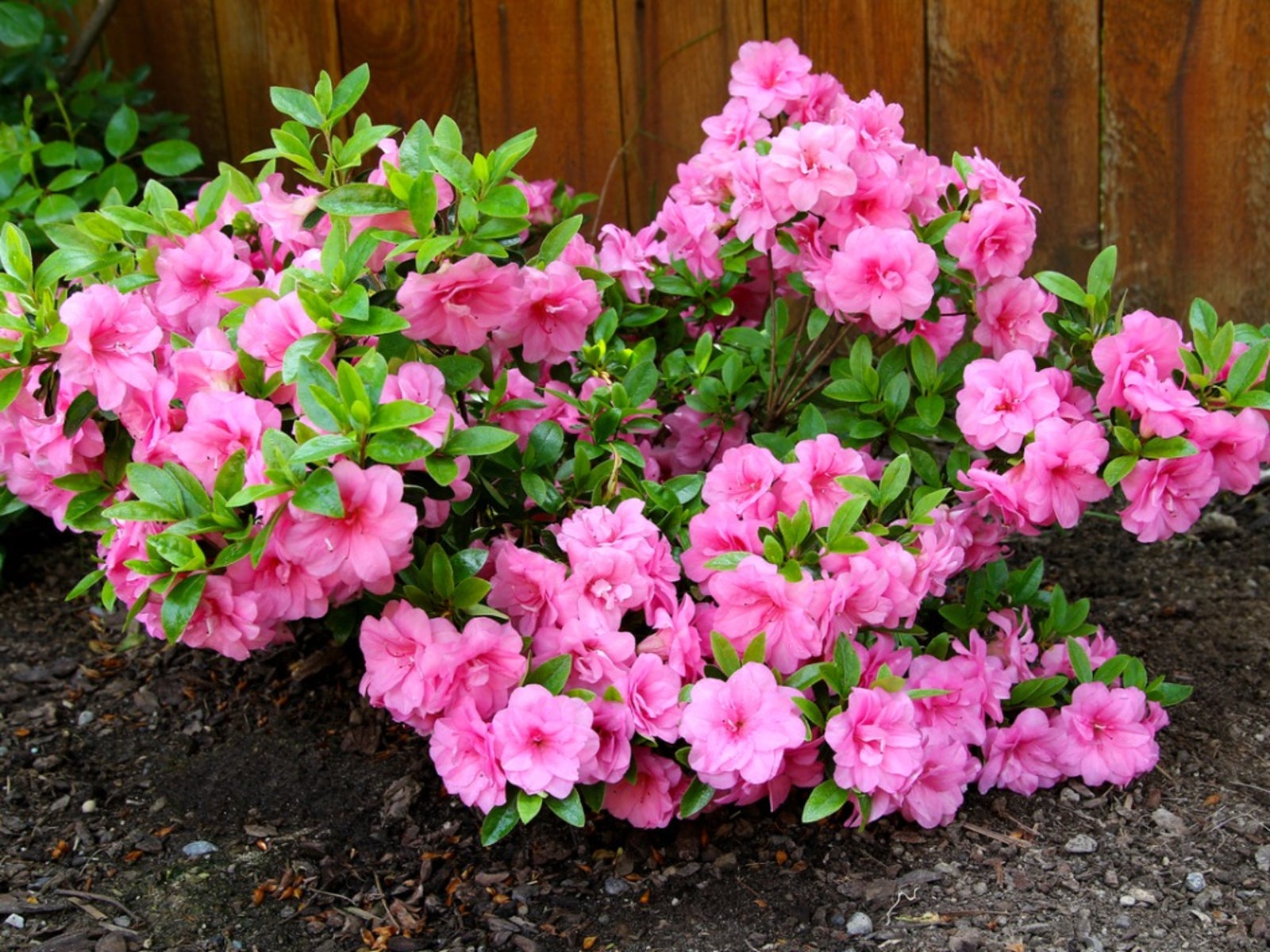Azalea Pest - Azalea Bark Scale


Help! My azalea's turning black! You've been attacked by the scourge of the azalea. You've been invaded by the azalea bark scale.
Identifying Azalea Bark Scale
Blackened branches, covered by a sticky soot and white, cottony fluffs in the crotches of the lower branches are all symptoms of one of the most dreaded of azalea diseases. Black branches are the result of mold growing on the honeydew excreted by this azalea pest. Azalea bark scale looks like, and is often mistaken for, mealybugs. The female is covered with waxy threads that harden into a protective scale as her egg sac forms. The azalea bark scale is tiny, but her effect, as seen on your azaleas turning black, is terrible. As this azalea pest feeds, she secretes a honeydew on the azalea. Blackened branches, made so by honeydew and mold, eventually sicken and die, as does the female when her egg sac is full.
Treating Azalea Bark Scale
Eggs are laid in late April and a new batch of this azalea pest hatches in about three weeks. This is the time when treatment is most effective. Mature azalea bark scale wear shields. The nymphs haven't had time to develop them. The time to attack your azalea blackened branches is while the azalea bark scale are nymphs. To fight the azalea diseases black branches, the most effective weapons in your arsenal are horticultural oil or dormant oil and insecticidal soap. Cut away any of your azalea blackened branches that are dead or severely damaged and wipe away as much of the soot as you can with gloved hands. Spray the plant thoroughly, including the underside of the leaves. Continue spraying regularly through September and begin again in early spring. With the proper strategy, you can win this battle against the most aggressive of azalea diseases. Blackened branches be gone! You're at war with a tiny insect known as the azalea bark scale. Good luck and good hunting!
Gardening tips, videos, info and more delivered right to your inbox!
Sign up for the Gardening Know How newsletter today and receive a free copy of our e-book "How to Grow Delicious Tomatoes".

Jackie Rhoades began writing for Gardening Know How in 2010.
-
 Ultimate Snake Plant Fertilizer Guide For Lush, Healthy Houseplants
Ultimate Snake Plant Fertilizer Guide For Lush, Healthy HouseplantsSnake plants are pretty easy-going houseplants, but they might still benefit from fertilizing. Learn how and when to fertilize for happy and healthy plants.
-
 DIY Anti-Bug Compost Spray Recipes: Natural Solutions To Keep Pests Out Of Your Bin
DIY Anti-Bug Compost Spray Recipes: Natural Solutions To Keep Pests Out Of Your BinTired of finding pests in your compost? Try these simple, natural spray solutions to keep bugs at bay without hurting beneficial insects or microbes.